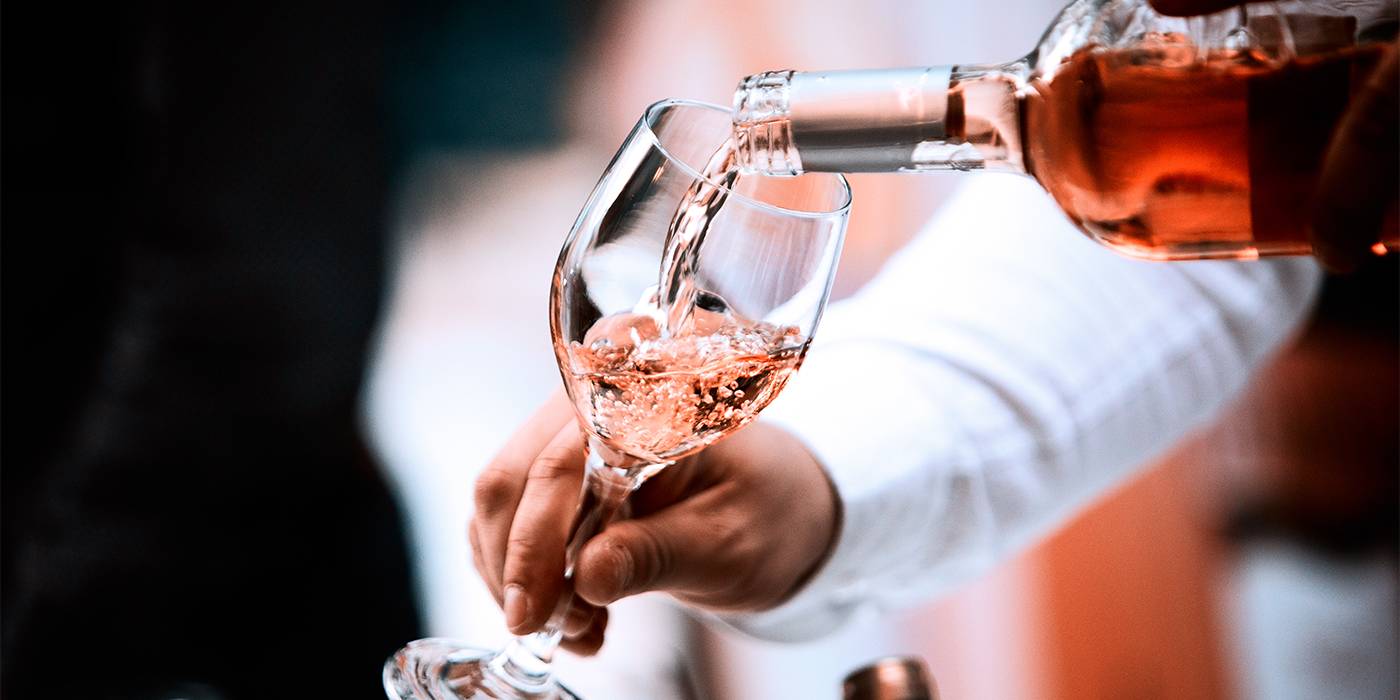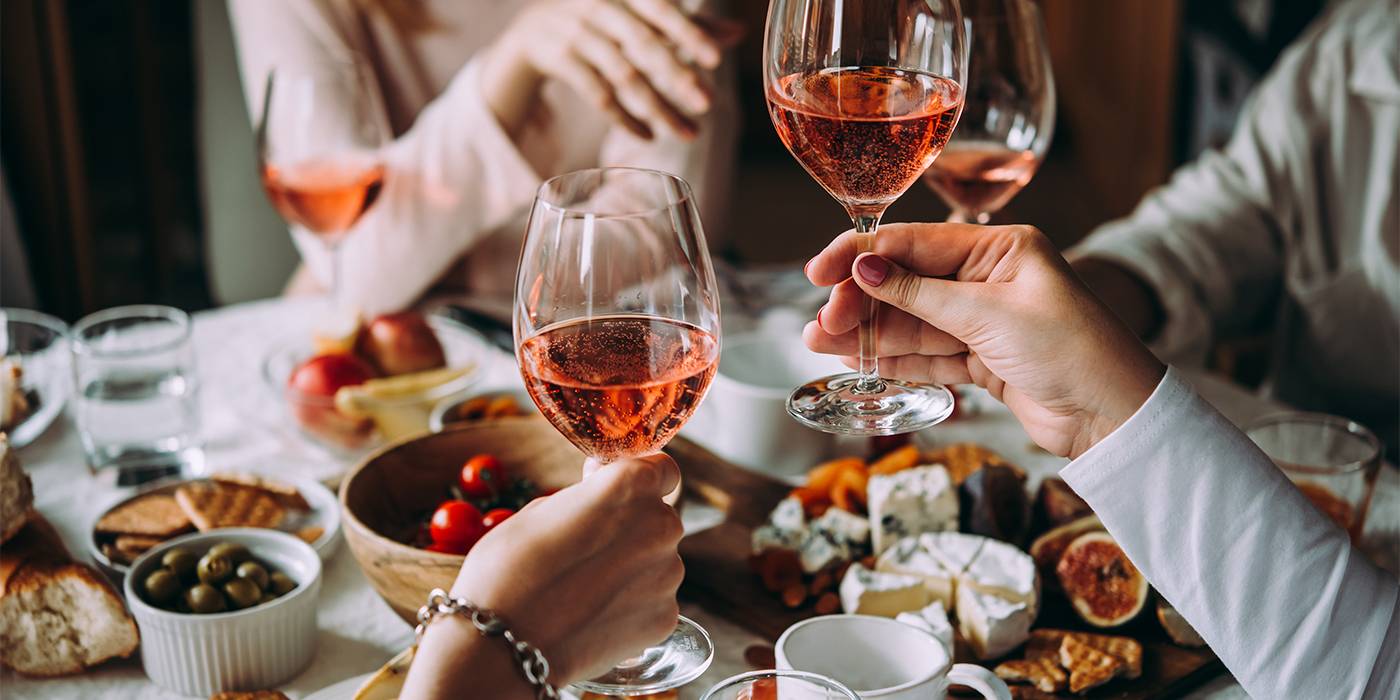There are phenomena capable of reviving wines and even entire styles. I’m talking about Viña Tondonia.
The R. López de Heredia Viña Tondonia winery remains a family-run establishment. The four generations who have managed it have continued the philosophy established by its founder over 144 years ago.
Why am I talking about Viña Tondonia if this article is about rosé wines? That’s because the Tondonia phenomenon, as I mentioned, has brought these wines back into the spotlight.
For a long time, rosés have been aimed at quick and casual consumption, with little emphasis on creating outstanding or interesting wines, except for a few exceptions, of course.
And here, the resurgence of Viña Tondonia wines brings with it the remarkable Viña Tondonia Rosado Gran Reserva, truly a rare find. It has become a cult object for sommeliers. We competed to snap up the last bottles available on the market, customers are willing to pay triple digits for a bottle, and collectors conceive it as the missing piece…
This awakening among professionals and customers has also extended to wineries, which, seeing how rosé wines have regained value, are encouraged to go beyond the light, young, and fresh styles we were used to. It's time to give rosé wines a chance.
Rosé wines, like any wine, come in different varieties, therefore, different styles of food can be paired with them.

Let's look at some tips that can help:
- Fresh, light, pale: those known as Provençal style, one of the oldest wine-producing regions in the South of France, known worldwide for its popular rosés.
Ideal as an aperitif, with cold starters made of vegetables or seafood. Try adding some red fruits to your salad for a perfect pairing. - Sweet and fruity, with an intense colour: made with grapes such as Cabernet Sauvignon, Merlot or Tempranillo, they have riper notes and are more full-bodied.
They go well with cold meats, sausages, fish, pasta, and seafood or vegetable rice dishes. Try them with fresh cheeses! - Sparkling wines: rosé sparkling wines are also making their mark. Exceptionally versatile and linked to glamour and celebration, they encompass a wide range from youthful to extensively aged varieties.
Discover its full gastronomic potential thanks to its wide variety of styles. - Aged Rosés: The complexity from barrel ageing combined with the careful selection of premium grapes can elevate these wines into exceptional bottles that continue to develop and improve over time. Let’s dispel the myth that we should always choose young wines.
Great rosé wines can pair beautifully with meats, aged charcuterie and mature cheeses. There’s no place where a superb rosé doesn’t shine!

As for the grapes used
As for the grapes used, depending on the region, we can mention: Cabernet Franc, Merlot, Pineau d'Aunis, Pinot Noir, Gamay, Cinsaut, Grenache Noir, Tibouren, Syrah, etc.
In Spain, the most widespread single-varietal or multi-varietal types are Grenache, Tempranillo, Syrah, Cabernet Sauvignon, Carignan or Pinot Noir.
Remember: The ideal serving temperature is between 6 and 8 degrees for the youngest wines and between 10 and 12 degrees for more mature and complex wines.
And if you want to know more about rosé or claret wines, follow this link where you will find everything you need: https://labodega.consum.es/clarete-o-rosado








